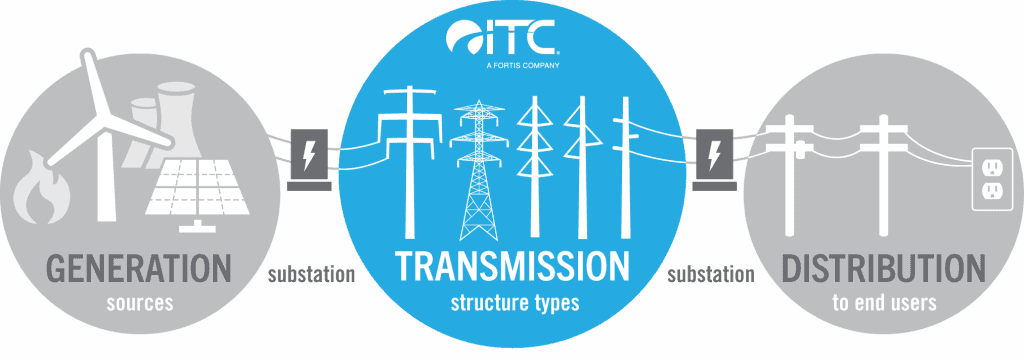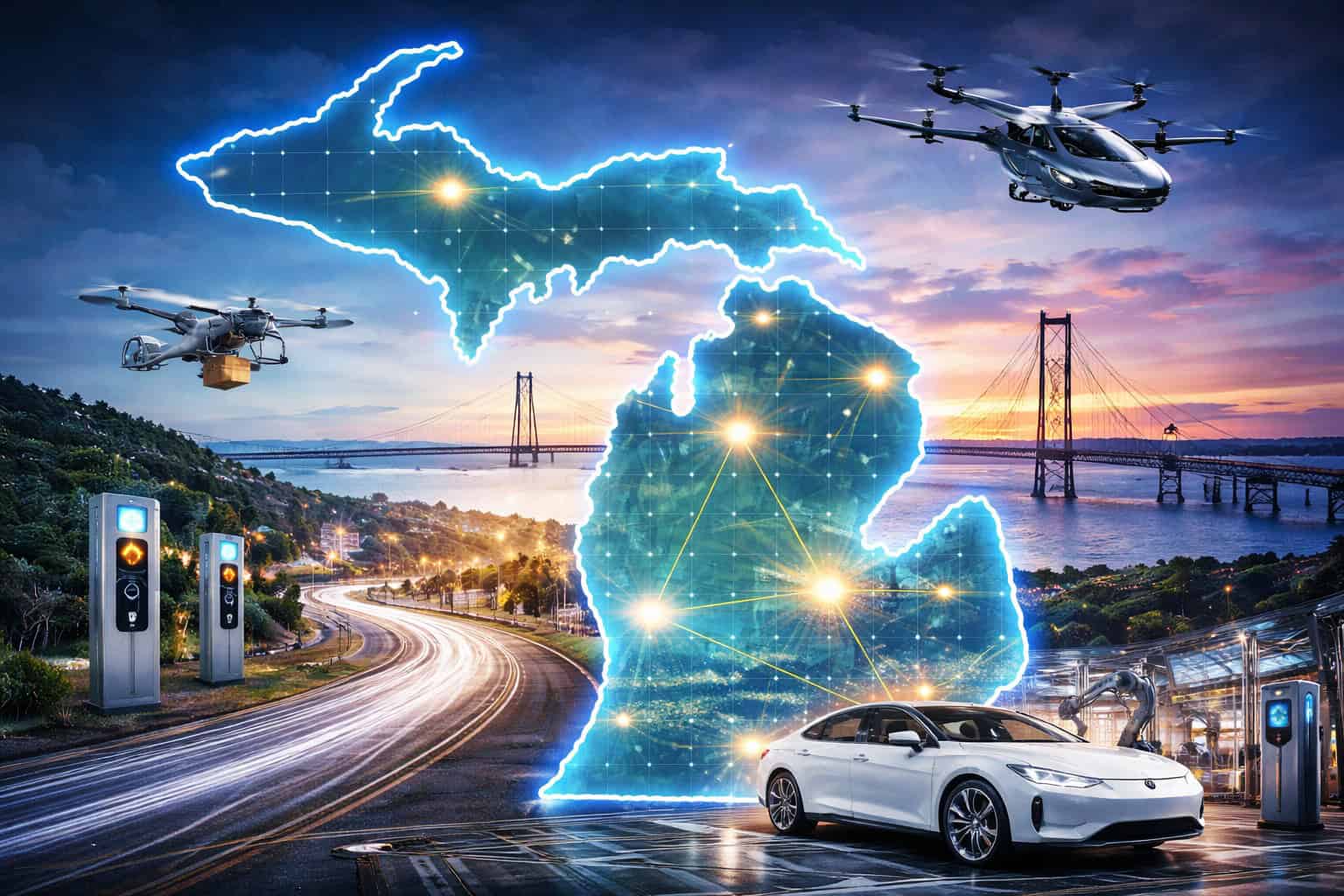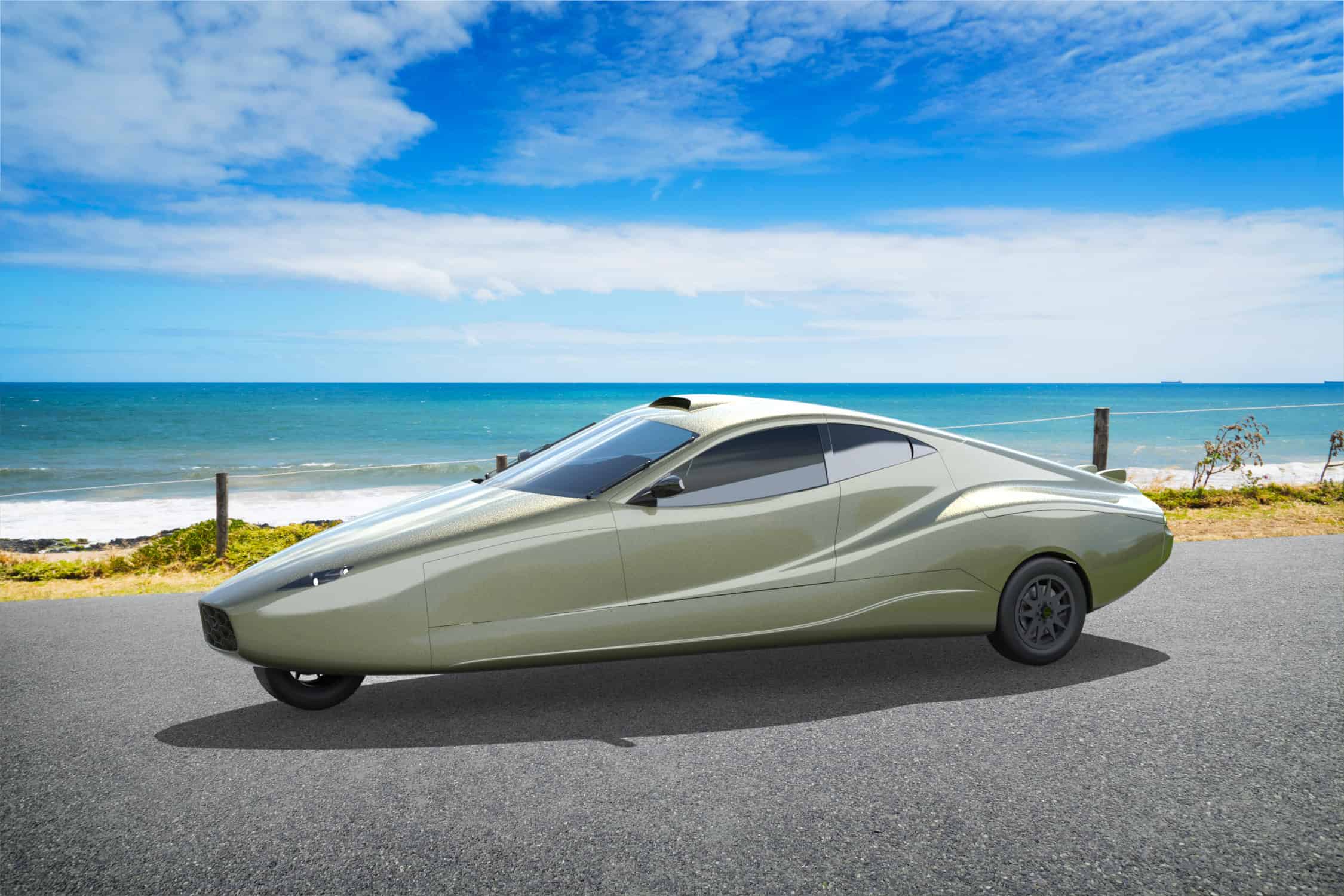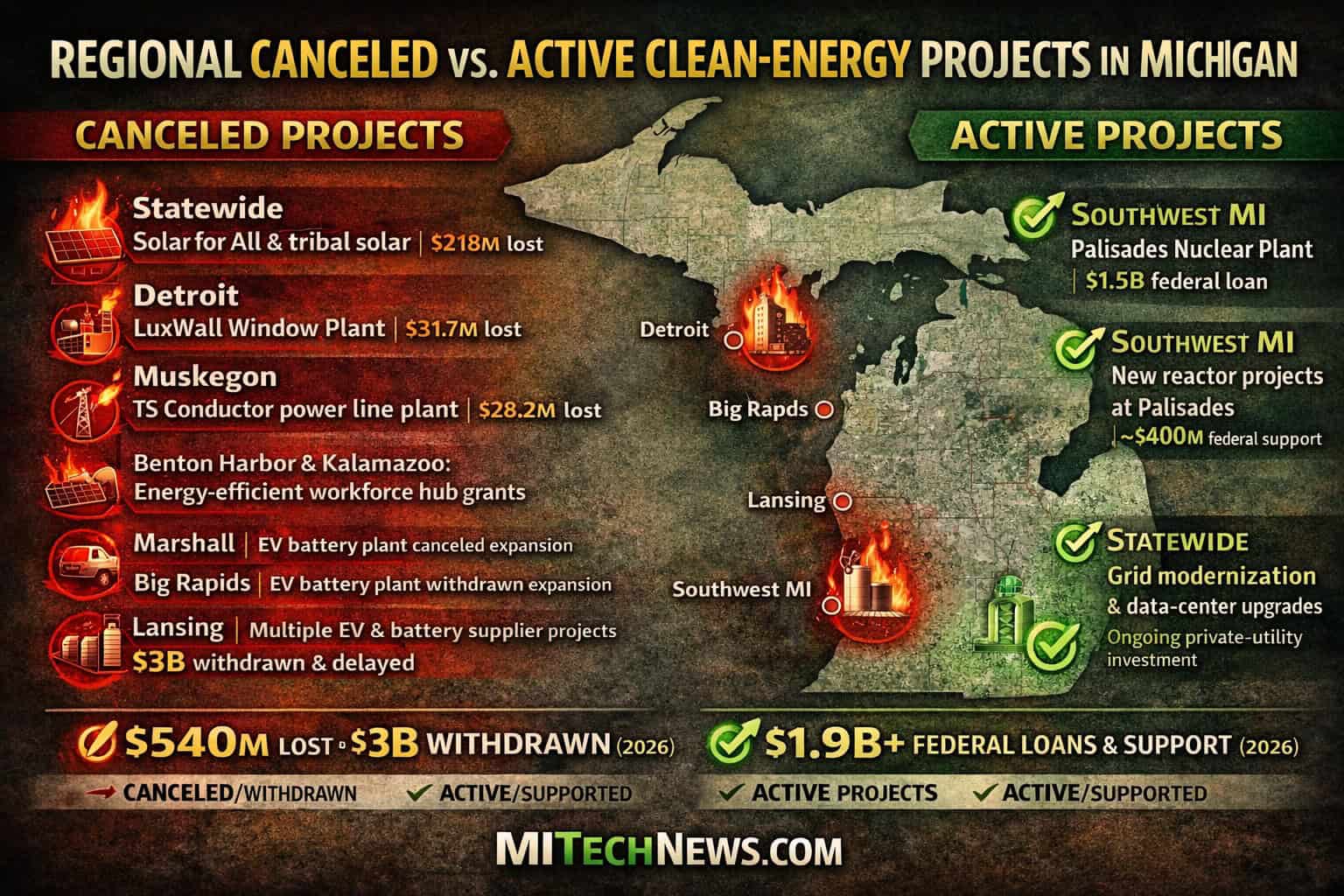DETROIT – Making electric cars cheaper to buy and own is key to driving the industry’s growth. Because most Americans aren’t going to ditch their familiar gas-powered cars out of the goodness of their hearts or a soft spot for the climate.
For that to happen, batteries need to get cheaper. Some good news on that front: Lithium-ion battery prices will continue dropping fast over the next few years, according to research out this week from Goldman Sachs.
The bank’s researchers forecast that global average battery pack prices will drop to $82 per kilowatt-hour (kWh) by 2026. That’s roughly half of what batteries cost in 2023 ($149/kWh). And it’s a steep 26% drop from this year’s prices, too.







